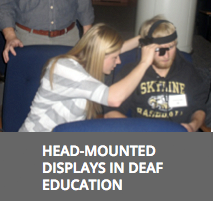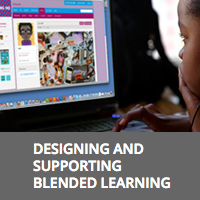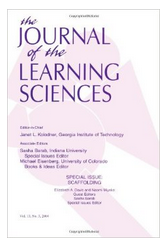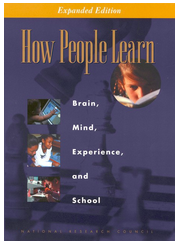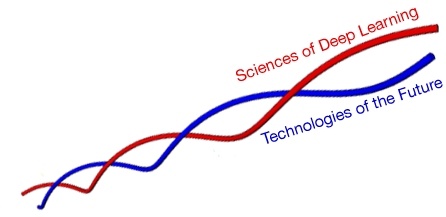
New technologies change what and how people learn. Informed by learning science, cyberlearning is the use of new technology to create effective new learning experiences that were never possible or practical before. The cyberlearning movement advances learning of important content by:
- Applying scientific insights about how people learn
- Leveraging emerging technologies
- Designing transformative learning activities
- Engaging teachers and other practitioners
- Measuring deeper learning outcomes
- Emphasizing continuous improvement
To learn more, here are some suggested next steps:
- Watch the “What is Cyberlearning?” video and explore examples in the tabs above.
- Read what teachers are saying on the The Educators’ Corner blog.
- See what our industry partners are doing in the Partnering for Impact page.
- Learn from primers about research on effectiveness.
- Explore resources for writing strong cyberlearning proposals
- Sign up for the CIRCL newsletter for updates on cyberlearning news and opportunities 6 times a year.
- Follow CIRCL on facebook or twitter for weekly updates.
See also the Cyberlearning Video Channel and the cyberlearning-related projects in the 2015 Teaching and Learning Video Showcase, including INK-12: Expressive Digital Tools for Elementary Math Education and Remote Labs – A Lab in Every Pocket.
Sample projects that illustrate how cyberlearning helps students use innovative technology to learn in new ways. See more project spotlights and 3-minute videos about cyberlearning projects featured in the NSF 2015 Teaching and Learning Video Showcase.
|
|
|
|
|
|
|
The cyberlearning community includes people from a variety of disciplines working together to design and develop innovative learning technologies that deeply relate to, and inform our understanding of, the processes of learning. Read more perspectives by community members about what drives their work.

Sample innovative technologies to support learning and assessment. Click on a technology to see some projects that use the technology.
- Mobile learning
- Data visualization
- Modeling and simulation
- Collaborative learning environments
- Embodied learning
- Learning analytics and data mining
- Games and virtual worlds
- Intelligent tutors
- MOOCs
- Robotics
- Virtual and remote laboratories
- Augmented reality/immersive environments
At its best, cyberlearning is grounded in research and theories on how people learn, often referred to the learning sciences. Learning science is a field of scientific research that developed in the 1980s, from influences that include cognitive science, computer science, information processing psychology, child development, anthropology, and linguistics. The International Society of the Learning Sciences hosts conferences, organizes journals and provide ongoing forums which bring learning scientists together, worldwide.
While traditional educational research focuses primarily on students’ test scores or attainment of credentials, learning scientists are often concerned with knowledge, skills, and abilities that are not yet measured well by commonplace test scores nor yet signified by established credentials — for example, their knowledge of an emerging scientific topic like nanoscience, their skills in participating in a scientific discussion, or their ability to work with others to build knowledge. Learning science is willing to be future-directed, imaginative and risky — to explore how learners could develop in ways that are clearly valuable, but presently hard to learn. Read more about the learning sciences.
« Prev

